RobotLAB Blog
Everything You Need To Know About Robotics in Businesses
What Are The Benefits Of Robotics In Education
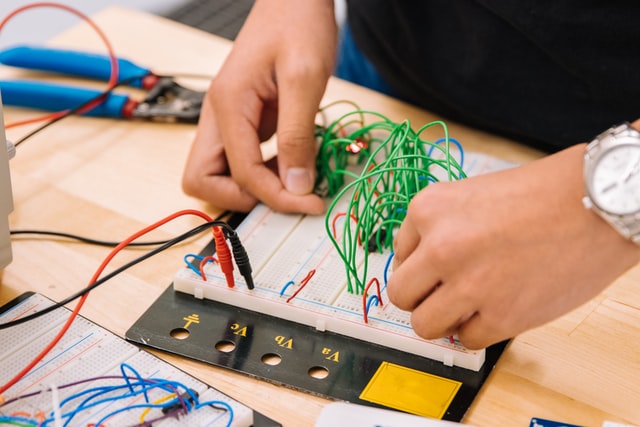 Image by Jeswin Thomas Unsplash.
Image by Jeswin Thomas Unsplash.
With the improvement in technology, many areas of our lives have changed. Robotics is essential in education as it comes with many advantages.
Students learn new skills and develop their knowledge. It helps students improve their attention, design, and teamwork skills. It brings students together to do something fun and worthwhile. Here are the main benefits of robotics in education.
- 1 Comments
- Sep 14, 2021 10:00:00 AM
- Posted by Maria Alejandra Calcetero
- Topics: Robotics, EdTech, STEM, Education, 21st Century Classroom, students, Technology, STEMchat, WomeninSTEM, Edchat, girlsinSTEM, k12, coronavirus, covid19, disinfection robots, Automation, virus-free, virus, disinfection
The Future Still Lies in Coding
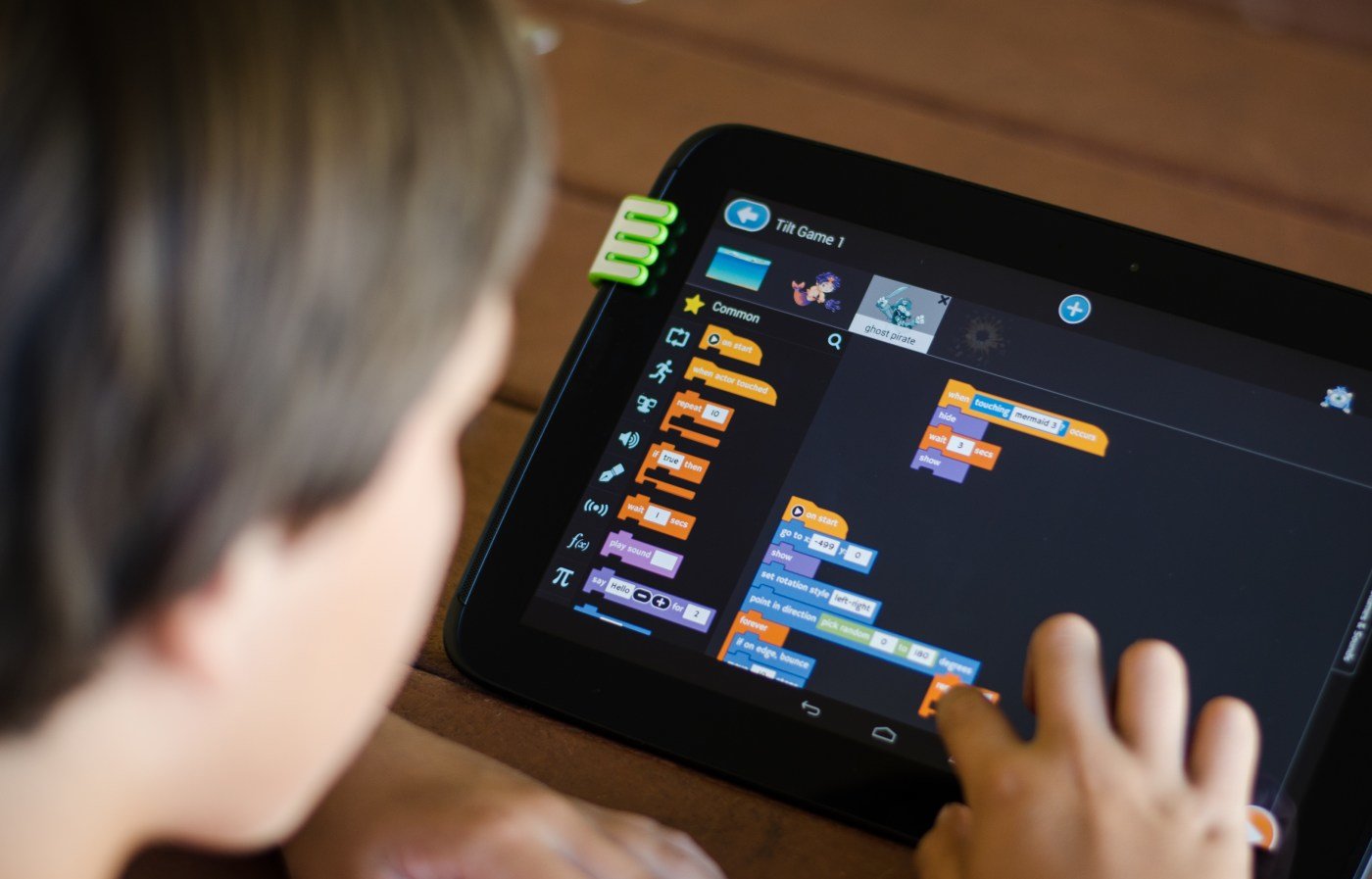 Image source: https://unsplash.com/
Image source: https://unsplash.com/
Coding is enormous in education right now.
No wonder. Coding offers so many academic benefits that schools cannot ignore its significance. Sequential processes, computational thinking, and creative problem-solving all make upcoding. It’s the new literacy in schools. There’s so much to like about coding that coding academies and boot camps are springing up everywhere.
Bootcamps can be expensive, but they are intensive. Participants learn as much as possible in three to six months, securing employment as a coder soon after that. Academies, on the other hand, tend to be more flexible. They offer coding training at all levels, and students create code in maker spaces.
Coding appeals to children of all ages. Not only are there plenty of outstanding apps with which to teach coding, but there are also schools focused intensely on learning how to code.
- 0 Comments
- Sep 13, 2021 10:00:00 AM
- Posted by Maria Alejandra Calcetero
- Topics: Robotics, EdTech, STEM, Education, 21st Century Classroom, students, Technology, STEMchat, WomeninSTEM, Edchat, girlsinSTEM, k12, coronavirus, covid19, disinfection robots, Automation, virus-free, virus, disinfection
5 Ways to Get Girls into STEM
 Photo by Nikhita S on Unsplash
Photo by Nikhita S on Unsplash
As a society, we learn about the world and advance our well-being through science and engineering. The United States may be known around the world for its higher education, but compared to many other leading and steadily emerging countries, we lack a strong focus on educating scientists and engineers. One significant reason that we have fallen behind is that we do not encourage our female students to pursue career paths in Science, Technology, Engineering, and Math (STEM).
This needs to change, as the lack of women in STEM will continue to plague our country until all students, regardless of sex, have adequate opportunities to explore math and science throughout elementary, middle, and high school. If we want to attract the best and brightest minds into the fields that will move us forward, we must look to all of the population. More women can contribute to our field, and we can help make that happen. Below are a few strategies for how we can help.
- 0 Comments
- Sep 8, 2021 10:00:00 AM
- Posted by Maria Alejandra Calcetero
- Topics: Robotics, EdTech, STEM, Education, 21st Century Classroom, students, Technology, STEMchat, WomeninSTEM, Edchat, girlsinSTEM, k12, coronavirus, covid19, disinfection robots, Automation, virus-free, virus, disinfection
Can Robotics Teach Problem Solving to Students?
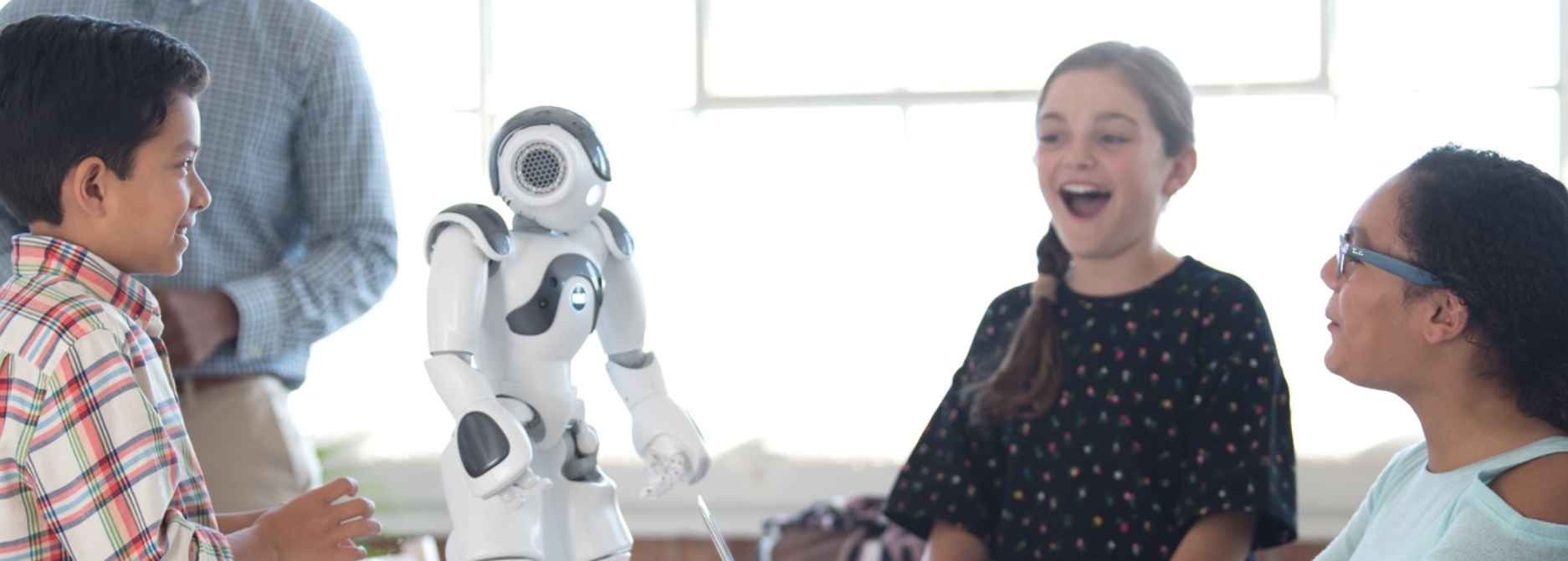
Critical thinking and problem-solving skills are essential to success at university and in later life. However, the traditional classroom model has done a poor job of imparting these skills to students. The way children have learned in the classroom for generations has focused on lectures and worksheets. Past generations would depend on group sports, clubs, and teenage jobs to impart these vital skills to students.
However, new ideas suggest that robotics may hold the key to teaching problem-solving skills to students. Using robots to teach real-world skills may be a strange concept, but is it worth exploring? We think so and here’s why.
- 0 Comments
- Sep 7, 2021 10:00:00 AM
- Posted by Maria Alejandra Calcetero
- Topics: Robotics, EdTech, STEM, Education, 21st Century Classroom, Technology, STEMchat, Edchat, k12, coronavirus, covid19, disinfection robots, Automation, virus-free, virus, disinfection
How to Ensure Classroom Air Safety During COVID-19
By Steve Daniel, President, UV Health Group.
 Photo by Kelly Sikkema on Unsplash
Photo by Kelly Sikkema on Unsplash
Comparing the efficacy and value of HVAC, HEPA, and UVC systems is a good place to start when analyzing classroom air safety as in-person learning resumes.
- 0 Comments
- Sep 3, 2021 10:00:00 AM
- Posted by Maria Alejandra Calcetero
- Topics: Robotics, EdTech, STEM, Education, 21st Century Classroom, Technology, STEMchat, Edchat, k12, coronavirus, covid19, disinfection robots, Automation, virus-free, virus, disinfection
STEM, Automation, and Sustainability: Helping Create a Better Tomorrow
By Dan Matthews
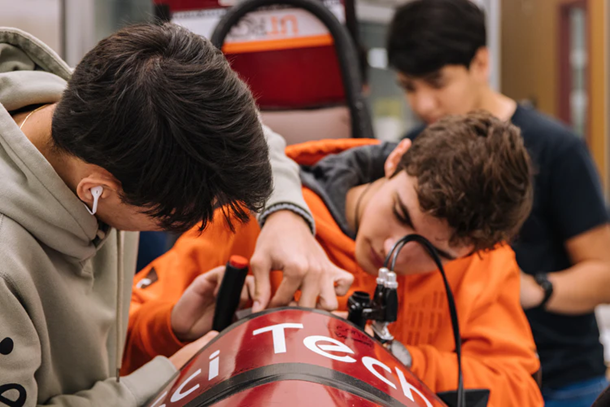 Image Source: https://unsplash.com/photos/uXsBGF5CrpU
Image Source: https://unsplash.com/photos/uXsBGF5CrpU
As global temperatures continue to rise and inclement weather events increase in frequency, the effects of climate change are readily apparent. But there’s good news in the realm of climate change: The global call for sustainable solutions has risen alongside the issue, and young people are leading the charge.
Swedish environmentalist Greta Thunberg is, of course, the most well-known of these young activists. And while Thunberg has had to deal with her fair share of criticism and haters since first speaking out in 2018, the young woman also has plenty of support from — peers, family members, and educators alike. For Thunberg, private school education catalyzed her activism, and her teachers did their best to encourage her interest in STEM.
Education and awareness of the harsh realities of climate change, as well as technological advancements in sustainability, may serve a similar purpose for students around the world. Beginning in primary school, a STEM-focused educational model helps to lay the foundation necessary for students to take their skill sets into the future and create a better, more sustainable tomorrow. Students who are passionate about sustainability may ultimately choose a career path in which they can make a real difference.
Here’s what you need to know about facilitating an interest in STEM among students of all ages, and how technological advancements in automation, waste reduction, and more fit into the overall picture.
- 0 Comments
- Sep 2, 2021 10:00:00 AM
- Posted by Maria Alejandra Calcetero
- Topics: Robotics, EdTech, STEM, Education, 21st Century Classroom, Technology, STEMchat, Edchat, k12, Automation
How Robots Can Help and Simplify Processes on Education
By David Walker
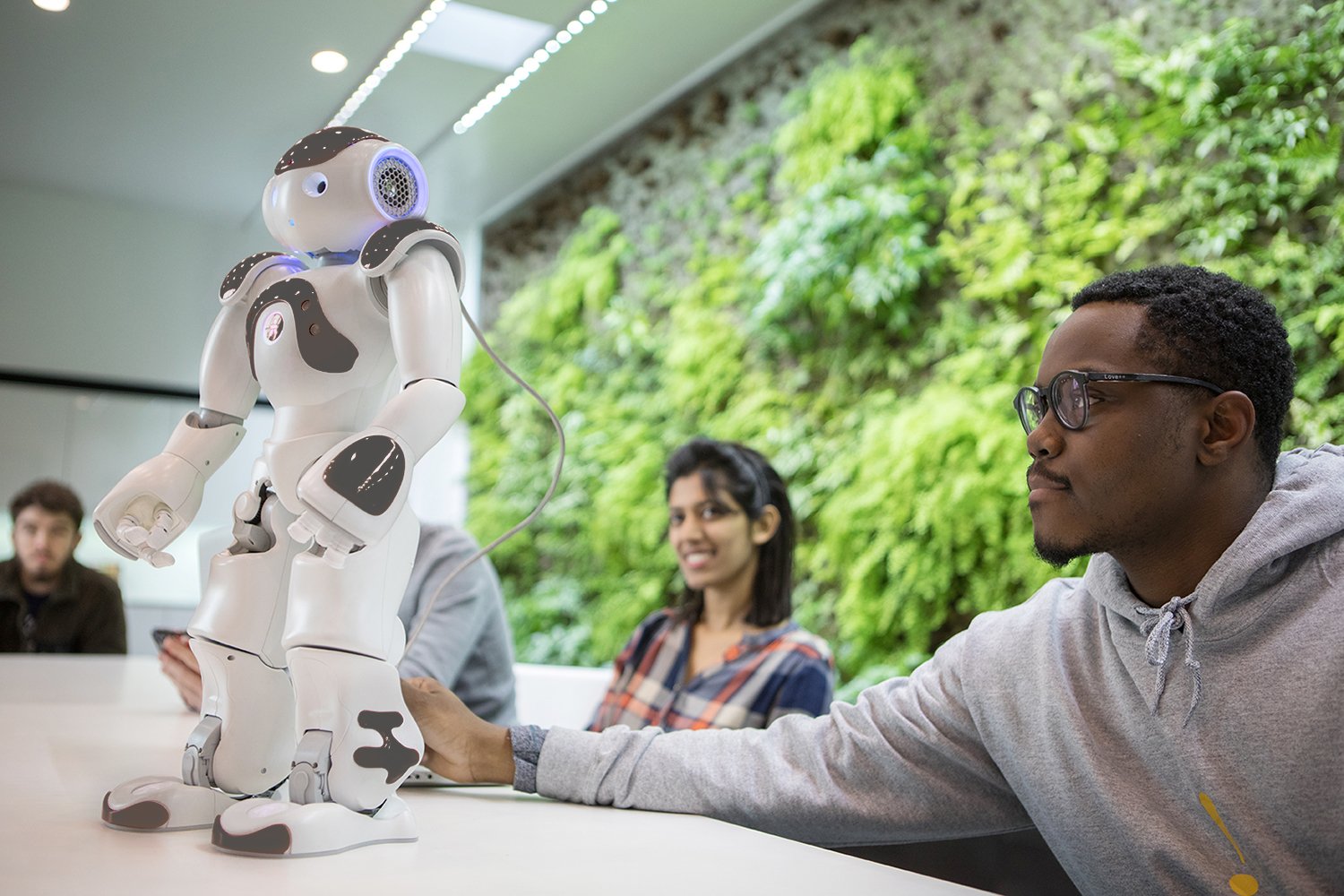
Robotization allows people to more efficiently perform routine tasks. Rapid technological changes that we had in the last decade must increase the range of automated systems’ possibilities. This cannot but affect the student’s curriculum. Most countries, such as the USA, Korea, China, Turkey, are increasingly investing in STEM. This is the right strategy because innovation is everywhere around us.
Robotic systems are becoming more common every year. Such machines are useful for people of different specialties and students. So we decide to find out how advanced systems can affect the quality of education. This is an important issue for business leaders, students, and teachers who will need to improve their lectures.
There are thousands of enthusiasts who are confident that the time has come for AI systems. But that's not so clear considering the hardware costs. Of course, most students can use programmed robots in computer science lessons or during coaching.
- 0 Comments
- Aug 26, 2021 10:00:00 AM
- Posted by Maria Alejandra Calcetero
- Topics: Robotics, STEM, Education, Curriculum, Robots,, Learning, Innovation, Makerspace, Educators, teaching, distance learning, Automation, Online Learning
Back to school 2021/2022: predictions and expectations
 Photo by Paul Siewert on Unsplash
Photo by Paul Siewert on Unsplash
A new academic year is beginning soon. While the global pandemic seems to have become more manageable at the time of writing, this back-to-school season won’t certainly be like any other. Let’s take a closer look at some predictions, expectations, and considerations for the 2021/2022 school year.
With almost two years in a row of unusual learning, this Autumn will probably feel like a breath of fresh air. All things considered, teachers, students, and administrators will most likely get familiar with a new normal rather than returning to a long-awaited back to normal. And this doesn’t necessarily mean bad news.
Technology has surely allowed schools and teachers to overcome several challenges of the remote learning scenario. Plus, it has proven to be particularly effective in supporting students during such a challenging period. The demand for digital classrooms significantly increased in the past year, setting in motion a major revolution in the educational landscape. The “age of remote learning” taught us several valuable lessons we mustn’t forget as we approach the new academic year.
- 0 Comments
- Aug 25, 2021 10:00:00 AM
- Posted by Maria Alejandra Calcetero
- Topics: Robotics, STEM, Education, Curriculum, Robots,, Learning, Innovation, Makerspace, Educators, teaching, distance learning, Automation, Online Learning, Educational Robots, schools
3 Ways STEM Learning Supports the Future of Work
 Photo by Mira Kireeva on Unsplash
Photo by Mira Kireeva on Unsplash
Learn how educators are using STEM learning to frame their classrooms around student success now—and in the future.
- 0 Comments
- Aug 24, 2021 10:00:00 AM
- Posted by Maria Alejandra Calcetero
- Topics: Robotics, STEM, Education, Curriculum, Robots,, Learning, Innovation, Makerspace, Educators, teaching, distance learning, Automation, Online Learning, Educational Robots, schools
AI Role in E-Learning Applications
By Ibrahim Ismail
.jpg?width=1920&name=web-3963945_1920%20(1).jpg) Image by Gerd Altmann from Pixabay
Image by Gerd Altmann from Pixabay
Many definitions defined artificial intelligence since the theory of AI comes on the surface. However, it keeps changing with time, but the definitions are generally used to describe AI. Likewise, AI is a study of developing intelligent systems and machines. Moreover, the devices can work and behave like humans. There are plenty of machines that have been designed in an approach of AI. There are two types of AI weak AI, and the other one is strong AI.
Firstly, let's discuss weak AI, which is also known as narrow AI. It's an intelligence that performs some specific task. It allows building some special applications. Some applications have been developed in weak AI logic, For instance, Apple Siri and Amazon Alexa.
Secondly, strong AI or you can call it artificial superintelligence. It promotes the idea of a machine to perform equal to the human. Similarly, this machine is equipped with self-aware consciousness, which can think, behave, and resolve issues like humans, such as science fiction, the superhuman, or a supercomputer.
Moreover, AI also refers to terms like Machine learning and Deep learning, but they are not the same. Meanwhile, ML is a subdivision of AI and DL is a sub-region of ML. ML is the most familiar type of AI. The essential use of ML is to transfer data quickly.
Similarly, mobile application development for e-learning is a path of the future that keeps evolving. Every mobile application development company is keen on learning AI and including it in their app developing strategy.
Meanwhile, AI can be learning as a machine that has a consciousness and problem-solving sense resemble approaches like humans. These attributes make it separate from other devices.
- 0 Comments
- Aug 23, 2021 10:00:00 AM
- Posted by Maria Alejandra Calcetero
- Topics: Robotics, STEM, Education, Curriculum, Robots,, Learning, Innovation, Makerspace, Educators, teaching, distance learning, Automation, Online Learning, Educational Robots, schools
Relevant Posts
- Augmented Reality: A Tool for Teaching Students Robot Programming
- Fostering Innovation Through Youth Education in STEM and EdTech
- How Parents Can Foster STEM Learning Beyond the Classroom
- How Robotics Cultivates a Deep Understanding of Mathematics in Students
- RobotLAB Receives EDTech Chronicle 2023 ‘BESTIE’ Award for Landmark Partnership with American Samoa Dept. of Education.
Subscribe to Email Updates
-
I Want To Learn MoreADDITIONAL INFORMATION
